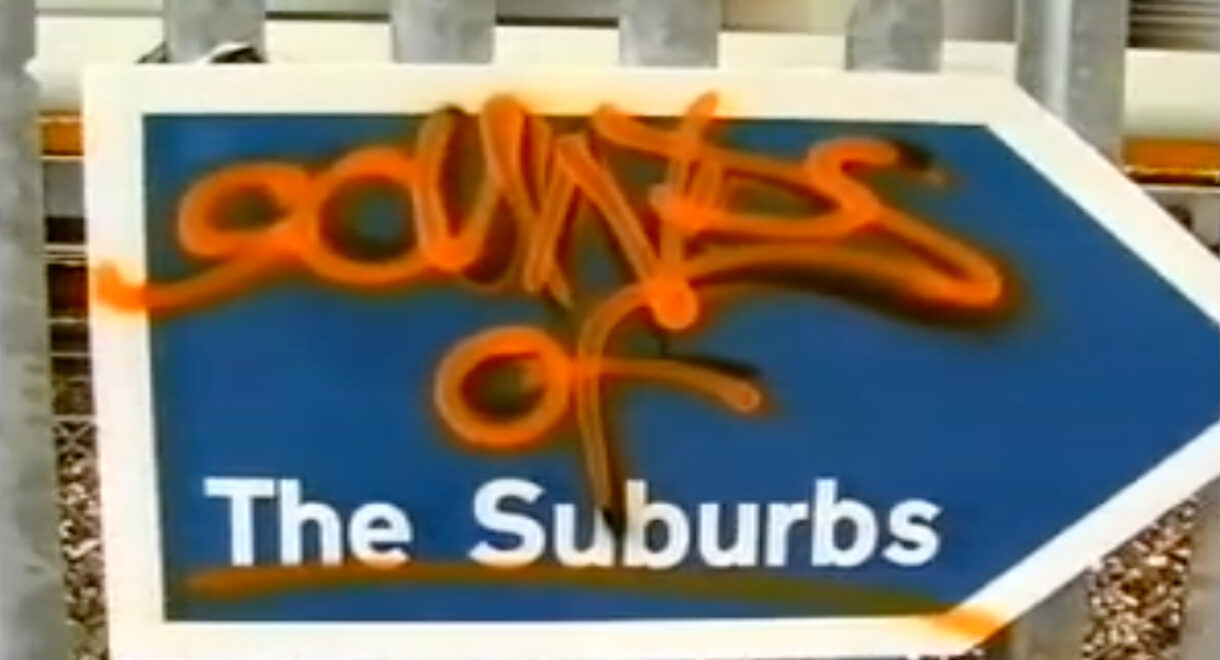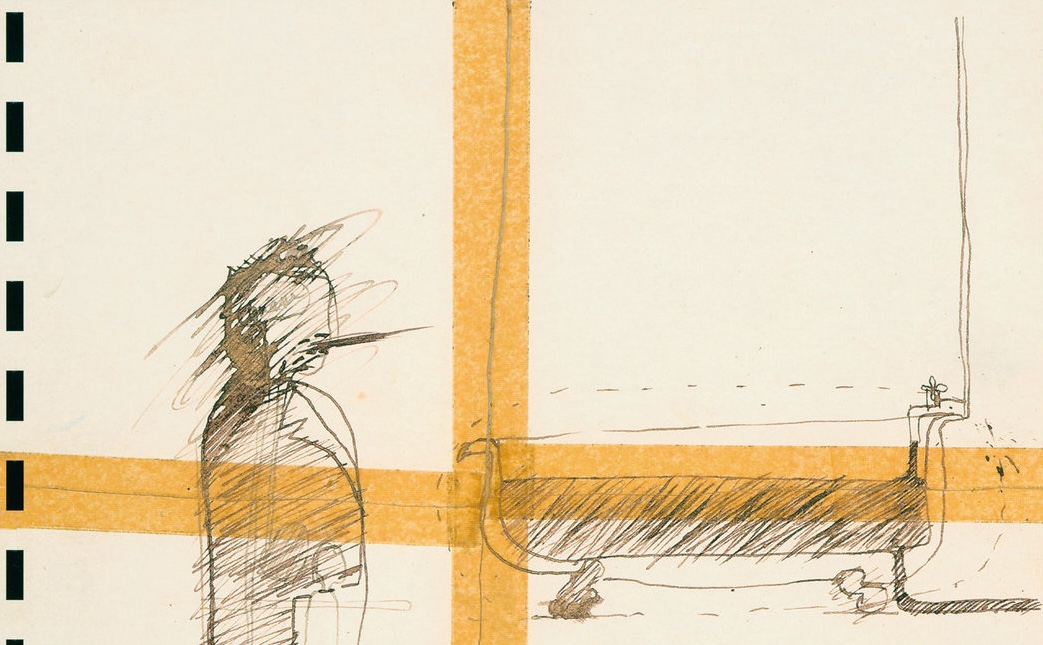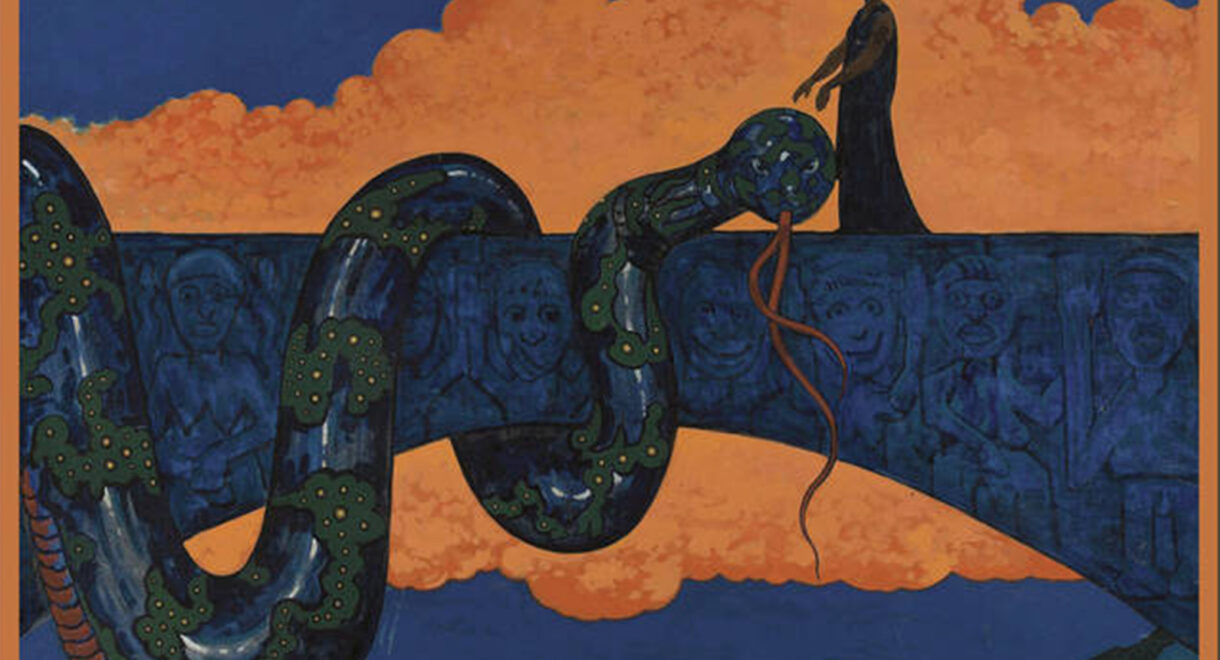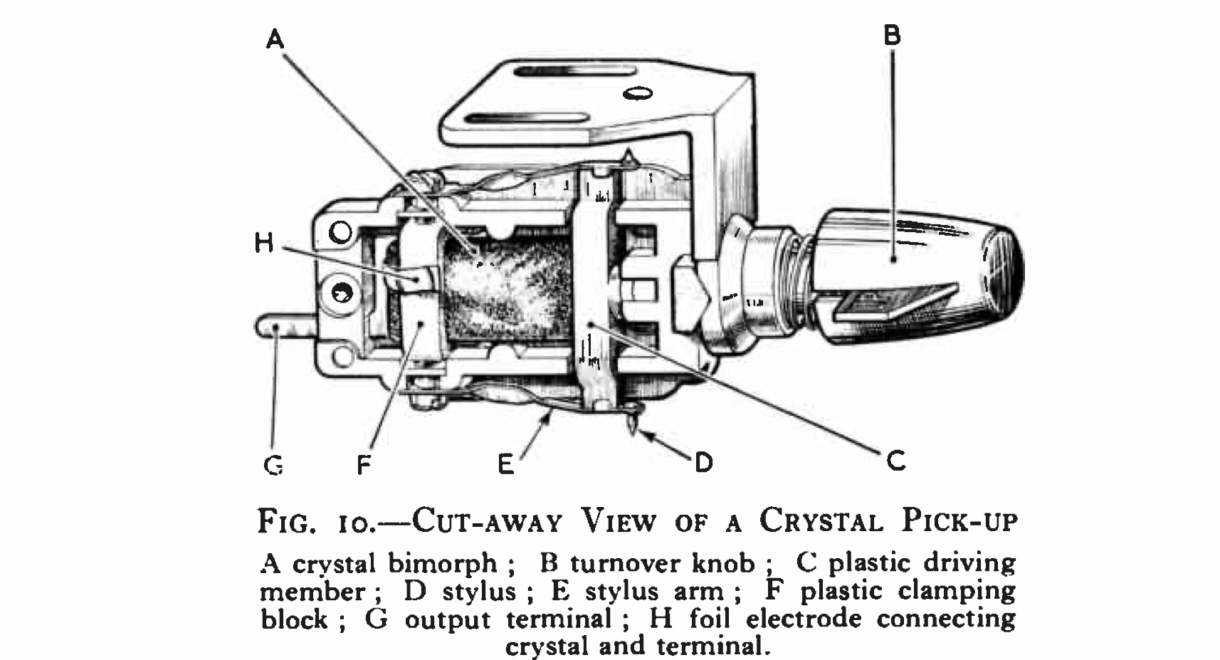A new documentary about the Sun Ra Omniverse is currently in production. Support the Kickstarter today! In partnership with the SUN RA Estate and veteran bandleader, Marshall Allen, […]
Watch a John Cage primer on listening, directed by Peter Greenaway (1983)

Watch Peter Greenaway’s ‘Four American Composers’ featuring John Cage, Meredith Monk, Philip Glass, and Robert Ashley.
Few people could discuss listening like John Cage. One of the great musical theorists and thinkers of the 20th century, Cage’s ideas on musical and non-musical sounds, and the ways in which silence and noise compliment and compete against each other, helped set the stage for the deep listening movement.
Most famously, Cage composed perhaps one of the most important sound performances of the past century. Called “4’33” and envisioned for the concert hall, it dictated that a pianist approach a grand piano as if to play, set a timer for four minutes and 33 seconds, and then sit in silence without playing a single note.
The aim: To force the audience to endure, and hopefully enjoy, the ways in which the absence of the music still begets a kind of sound symphony in the concert hall: the seat creaks, coughs, shuffled concert notes, acoustics––the so-called ambient noise that music consumes. Is it a performative sleight of hand? Perhaps, but more than 70 years after pianist David Tudor premiered the piece, it still resonates.
Cage’s influential composition, though, overshadows the profoundly beautiful compositions he created, most famously for prepared piano. Using nuts and bolts to upset the tuning of his piano, he created gentle, muted pieces that predicted the ambient music movement.
The artist certainly wasn’t publicity shy. Despite his academic background and the fount of pursuits that kept him busy (most famously, mycology), Cage appeared on TV in the 1950s and 1960s to expound on sound, often through quirky demos.
Here he is on the series I’ve Got a Secret:
In the clip below, Cage plays amplified cacti while, simultaneously in another performance space, the artist Joseph Beuys is performing in the undercarriage a piano. Writer George Plimpton narrates the televised action, which ultimately ends with them seeming to play along to a fireworks display.
Though each Cage approach is distinct, they’re bound by an overarching philosophy, one encapsulated in the below interview. It occurs in his Manhattan apartment.
In 1983, the director Peter Greenaway released a four-part documentary series called Four American Composers. The Cage episode, which is brilliant, can be viewed below.
Those interested in watching the entire series, which also features episodes on Meredith Monk, Philip Glass, and Robert Ashley, can do so here:










